“Scales of Contamination”
Oct/Nov 2023
Oct/Nov 2023
Illustration commissioned by the Architect’s Newspaper for their landscape-themed 20th Anniversary issue.

“One day at Home Depot”
Pigdin
Fall 2023
Pigdin
Fall 2023
A comic strip that narrates a materially ghostly trip to Home Depot.

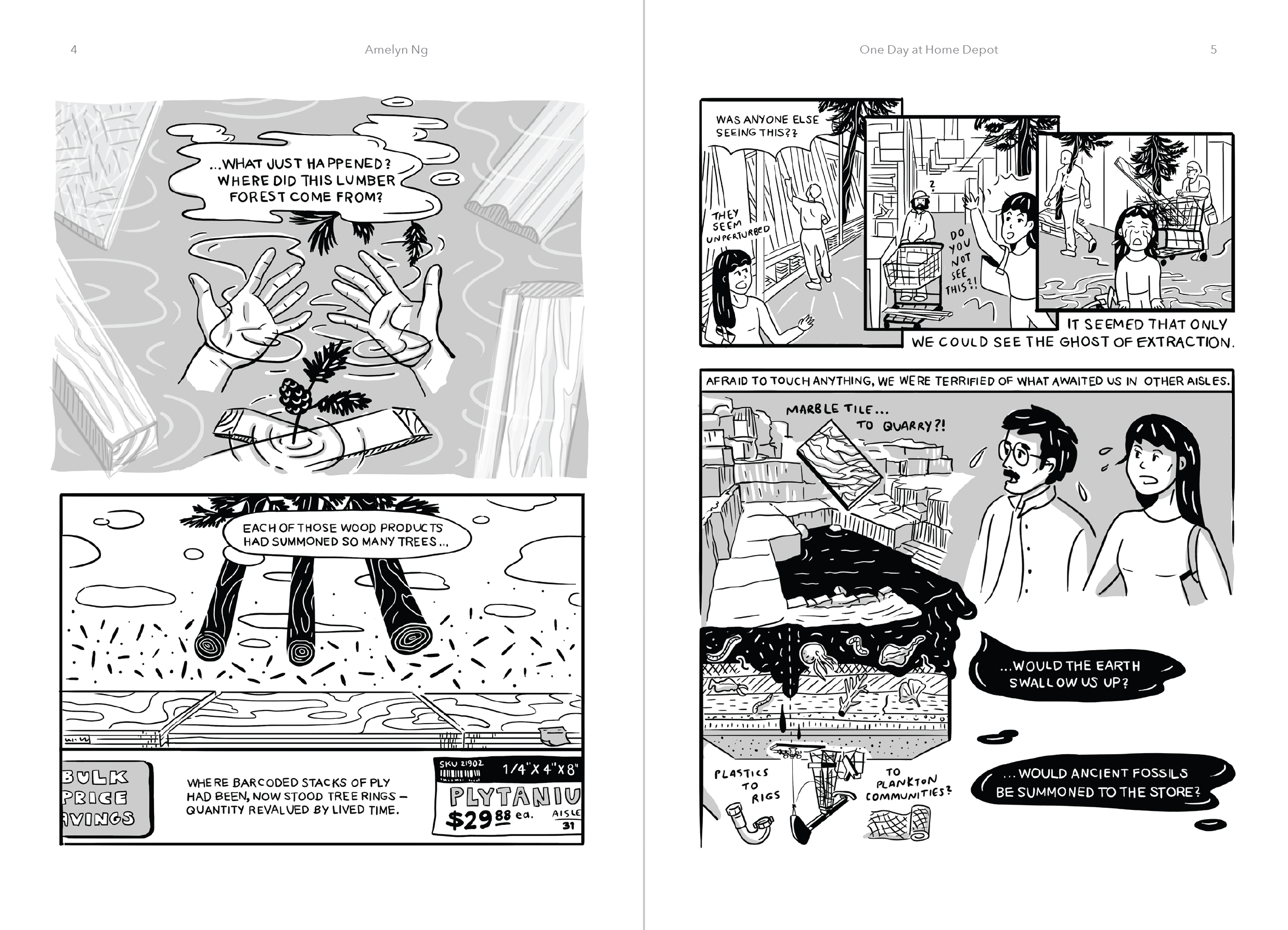

CTN_20230107_HWY
“Petroculture”
January 7, 2023
January 7, 2023
Animated sketch of a highway with oil and gas scenography, alongside the promotion of bucolic nature.
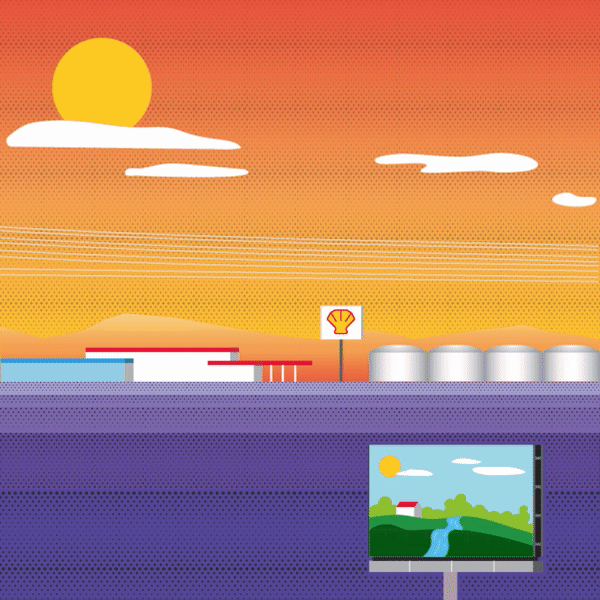
CTN_202206_CEL
“Cel Houses”
June 2022
June 2022
Rough exploration of the manual cel animation technique, using ink on transparent polyester film. Work in progress for a future project.
Test pieces:
I. Adjustable Eaves
II. Fire in the Suburbs
III. Quick Section
Test pieces:
I. Adjustable Eaves
II. Fire in the Suburbs
III. Quick Section
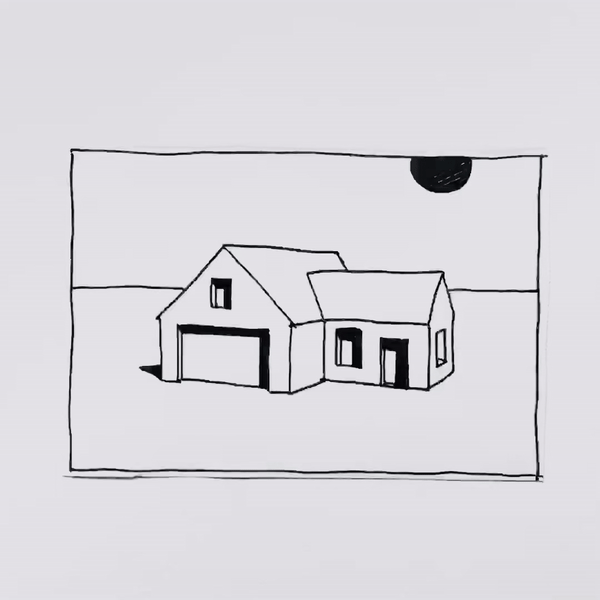
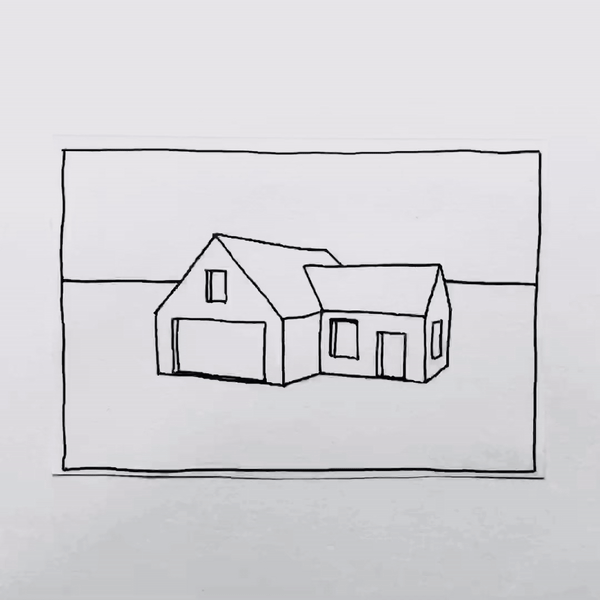
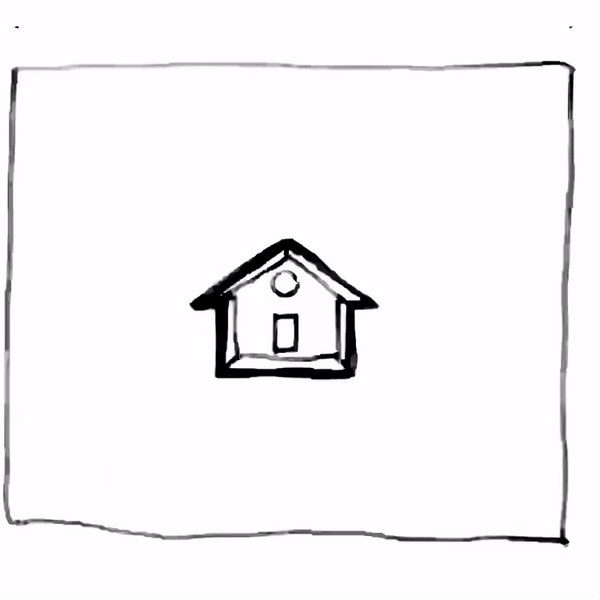
CTN_202205_AAPI
“AAPI Women”
May 2022
May 2022
Illustration in celebration of Asian American and Pacific Islander (AAPI) Heritage Month.

